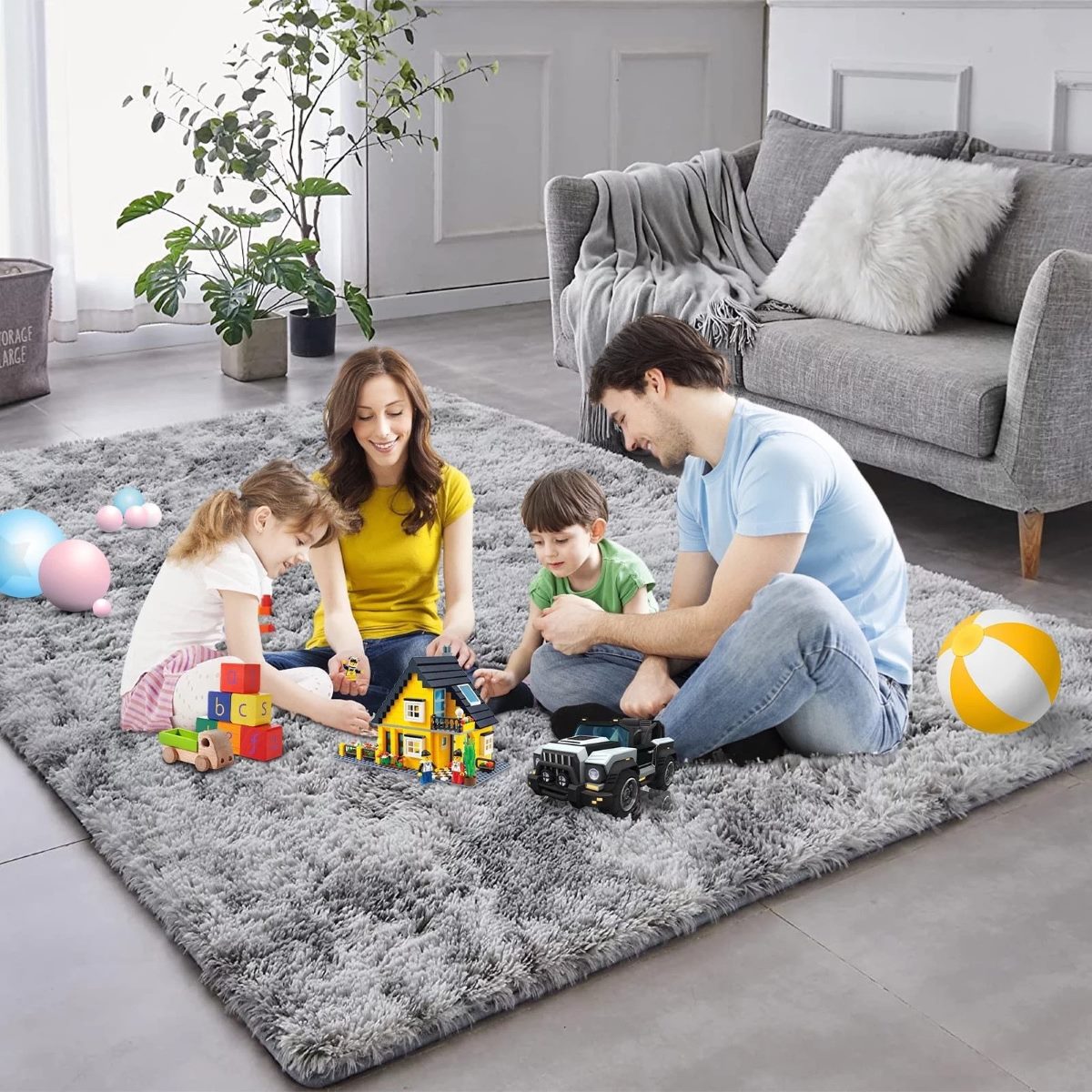

Articles
How To Build Rugs For Kids Rooms
Modified: January 9, 2024
Discover articles on how to build rugs for kids rooms. Get creative ideas and step-by-step instructions to make unique and engaging rugs for your little ones.
(Many of the links in this article redirect to a specific reviewed product. Your purchase of these products through affiliate links helps to generate commission for Storables.com, at no extra cost. Learn more)
Introduction
Rugs are not just decorative items for a room; they have the power to transform a space and add warmth and comfort. When it comes to kids’ rooms, rugs play an even more important role. They create a cozy and playful atmosphere, provide a cushioned surface for children to play on, and can even help with noise reduction. Whether you want to design a rug for your child’s nursery or revamp their bedroom with a fun and interactive rug, you’ve come to the right place.
In this article, we will guide you through the process of building rugs for kids’ rooms, from choosing the right materials and supplies to step-by-step instructions on constructing the rug. We’ll also provide tips on adding personalization and ensuring easy cleaning and maintenance. So, let’s dive in and create a rug that your child will love and cherish for years to come.
Key Takeaways:
- When building rugs for kids’ rooms, prioritize safety, durability, and personalization. Choose materials wisely, involve your child in the design process, and ensure easy cleaning and maintenance for a cozy and secure environment.
- Personalize your child’s rug with their favorite colors, themes, and even handprints. Add decorative elements and inspirational messages to create a unique and cherished space that sparks creativity and imagination.
Read more: How To Build Black Rugs
Choosing the Right Rug for Kids Rooms
When it comes to choosing a rug for a kids’ room, there are several factors to consider. You want to select a rug that is not only visually appealing but also functional and durable to withstand the activities and playtimes of your little ones. Here are some key points to keep in mind when choosing the right rug for your child’s room:
- Size: Consider the size of the room and the layout when deciding on the rug’s dimensions. Ideally, you want a rug that fits the space well, leaving a border between the rug and the walls.
- Material: Opt for materials that are soft, comfortable, and easy to clean. Natural fibers like wool and cotton are great options as they are hypoallergenic and provide a cozy feel. Alternatively, synthetic fibers like nylon and polyester are durable and stain-resistant.
- Pile Height: Look for a rug with a low pile height to make it easier for children to walk, crawl, or play on. A shorter pile also makes it easier to clean up spills and crumbs.
- Design and Colors: Choose a rug with a design and color scheme that complements the room’s overall theme and décor. Opt for bright and vibrant colors that stimulate creativity and imagination in young minds.
- Safety: Ensure that the rug has a non-slip backing or consider purchasing a rug pad to prevent it from sliding on smooth surfaces. Additionally, look for rugs that are free from harmful chemicals and have been tested for safety standards.
By considering these factors, you can choose a rug that not only adds style and warmth to your child’s room but also meets their practical needs. Remember, a well-chosen rug can create a comfortable and inviting space where your child can explore, learn, and play to their heart’s content.
Materials and Supplies Needed
Before you begin building a rug for your child’s room, it’s essential to gather all the necessary materials and supplies. Here’s a list of what you’ll need:
- Rug Base: Choose a suitable base material for your rug, such as a plain fabric or a premade rug mat. The size of the base will depend on the dimensions of the rug you want to create.
- Fabric: Select fabric in the colors and patterns of your choice to create the top layer of the rug. Cotton or fleece fabrics are recommended for their softness, durability, and ease of sewing.
- Marker or Fabric Chalk: Use a marker or fabric chalk to draw the design or pattern on your fabric before cutting and sewing.
- Scissors or Rotary Cutter: You’ll need a sharp pair of scissors or a rotary cutter to cut the fabric into the desired shape and size.
- Thread: Choose a thread color that matches or complements your fabric. Use a strong, durable thread for sewing the layers of the rug together.
- Needle or Sewing Machine: Depending on your preference and sewing skills, you can use a needle and thread for hand sewing or a sewing machine for faster results.
- Decorative Elements: Consider adding decorative elements to your rug, such as appliques, buttons, or ribbons, to make it more visually appealing and personalized.
- Rug Pad or Non-Slip Backing: If your rug base does not have a non-slip backing, purchase a rug pad or non-slip backing separately to ensure the rug stays in place.
- Cleaning Supplies: Keep cleaning supplies handy, including a vacuum cleaner or broom for regular maintenance, as well as spot cleaners or carpet stain removers for spills and accidents.
Gather these materials and supplies before you start building your rug. Having everything ready will make the process smoother and more enjoyable. Now, let’s move on to the next step: the step-by-step guide to constructing a rug for your child’s room.
Step-by-step Guide to Building Rugs for Kids Rooms
Now that you have all the necessary materials and supplies, it’s time to start building the rug for your child’s room. Follow these step-by-step instructions to create a unique and customized rug:
- Step 1: Measure and Cut: Measure the dimensions of the rug base and cut your fabric accordingly, leaving a small allowance for sewing. Make sure the fabric is larger than the base to allow for proper coverage.
- Step 2: Mark the Design: Use a marker or fabric chalk to draw the desired design on the fabric. You can create patterns, shapes, or any other design that fits the theme of your child’s room. Get creative and let your imagination run wild!
- Step 3: Cut the Design: Carefully cut along the marked lines to create the desired design. Take your time to ensure accurate and clean cuts.
- Step 4: Sew the Layers Together: Place the fabric (design side up) on top of the rug base. Pin the fabric and base together to secure them in place. Use a sewing machine or hand sew the layers together, starting from one corner and working your way around. Ensure all edges and corners are securely sewn.
- Step 5: Add Decorative Elements: If desired, now is the time to add decorative elements to your rug. Sew on appliques, buttons, or ribbons to enhance the visual appeal of the rug and make it more personalized.
- Step 6: Attach Non-Slip Backing: If your rug base does not have a non-slip backing, attach a rug pad or non-slip backing to the underside of the rug. This will prevent the rug from sliding on smooth surfaces and provide additional stability and safety.
- Step 7: Trim Excess Fabric: Once you have completed sewing and attaching the non-slip backing, carefully trim any excess fabric or threads to give your rug a clean and finished look.
- Step 8: Place and Enjoy: Lay your completed rug in your child’s room, positioning it in the desired spot. Admire your creation, and let your child enjoy their new cozy and playful space.
By following these steps, you can build a rug that perfectly suits your child’s room, reflects their personality, and adds a touch of warmth and creativity to the space. Don’t forget to involve your child in the process and let them help you with the design and decoration. It will make the rug even more special to them.
When building rugs for kids’ rooms, choose materials that are easy to clean and durable to withstand the wear and tear of playtime. Consider using non-slip backing to prevent accidents.
Tips for Adding Personalization
Personalizing a rug for your child’s room adds a special touch and makes it truly unique. Here are some tips to help you add personalization to your rug:
- Initials or Monogram: Consider incorporating your child’s initials or monogram into the design. This not only adds a personalized touch but also helps with identification if you have multiple rugs in the house.
- Favorite Colors or Themes: Use colors or themes that your child loves. Whether it’s their favorite color, animal, or hobby, incorporating these elements into the design creates a rug that truly represents their interests and personality.
- Handprints or Footprints: Make the rug extra special by adding your child’s handprints or footprints. Use fabric paints or markers to capture their prints onto the fabric. This creates a one-of-a-kind keepsake that you and your child can cherish for years to come.
- Embroidery or Appliques: Consider adding embroidered details or appliques to the rug. This can be their name, a favorite character, or any other design that holds significance. These embellishments add a personal and decorative touch to the rug.
- Family Photos: If you’re feeling creative, you can even incorporate family photos into the rug. Print out small photos on fabric transfer paper and sew them onto the fabric, creating a collage of cherished memories.
- Quotes or Inspirational Messages: Add uplifting quotes or inspirational messages to the rug. Choose phrases that resonate with your child’s personality or motivate them. This not only adds personalization but also creates a positive and encouraging environment.
- Collaborate with Your Child: Involve your child in the process of personalizing the rug. Ask for their input on colors, themes, or design elements. This collaborative effort ensures that the rug truly reflects their tastes and preferences.
Remember, personalization adds a special touch to the rug, making it a treasured item in your child’s room. Let your imagination soar and have fun expressing your child’s uniqueness through the design and customization of the rug.
Read more: How To Build Patio Rugs
Cleaning and Maintenance
Proper cleaning and maintenance are essential to keep your kids’ room rug looking fresh and vibrant for years to come. Here are some tips to help you keep your rug clean and in good condition:
- Vacuum Regularly: Vacuum the rug regularly to remove loose dirt, dust, and debris. Use a vacuum cleaner with a brush attachment or a handheld vacuum for smaller rugs.
- Spot Cleaning: Attend to spills and stains immediately to prevent them from setting in. Blot the area with a clean cloth or paper towel to absorb the liquid. Then, gently clean the spot using a mild fabric cleaner or a mixture of water and a small amount of mild detergent. Test the cleaner on a small, inconspicuous area of the rug first to ensure it doesn’t cause any damage or discoloration.
- Deep Cleaning: Depending on the size and type of your rug, you may need to deep clean it periodically. You can either hire a professional rug cleaner or deep clean it yourself using a carpet cleaner machine. Follow the manufacturer’s instructions for the specific cleaning method.
- Avoid Harsh Chemicals: When cleaning the rug, avoid using harsh chemicals, bleach, or abrasive cleaners as they can cause damage to the fabric and colors. Stick to gentle and mild cleaning solutions to preserve the rug’s integrity.
- Rotate the Rug: To ensure even wear, rotate the rug periodically. This helps prevent the rug from fading or developing worn areas in high-traffic spots.
- Protect from Direct Sunlight: If your rug is in an area that receives direct sunlight, consider using curtains or blinds to protect it from prolonged exposure to UV rays. Direct sunlight can cause the colors in the rug to fade over time.
- Use Rug Protectors: Place furniture pads or coasters under the legs of furniture placed on the rug to prevent indentations and damage. This will help distribute the weight more evenly and prevent excessive pressure on the rug fibers.
- Professional Cleaning: For heavily soiled or delicate rugs, it’s best to consult a professional rug cleaner. They have the expertise and specialized equipment to clean and restore your rug while ensuring its longevity.
By following these cleaning and maintenance tips, you can extend the life of your kids’ room rug and keep it looking vibrant and fresh. Regular maintenance and prompt attention to spills and stains will help preserve its beauty for years of enjoyment.
Conclusion
Building a rug for your child’s room is a creative and rewarding project that adds a personal touch to their space. By choosing the right materials, following the step-by-step guide, and incorporating personalized elements, you can create a rug that reflects your child’s personality and enhances the overall ambiance of the room.
Remember to consider the size, material, and design when selecting a rug for your child’s room. Opt for durability, comfort, and safety to ensure that the rug withstands the test of time and provides a cozy and secure environment for your little one.
Don’t forget about cleaning and maintenance. Regular vacuuming and prompt spot cleaning will help keep your rug looking its best. Consider professional cleaning for deep cleaning or delicate rugs to maintain their longevity and appearance.
Building a rug for your child’s room is not just about creating a decorative piece; it’s about creating a space that sparks their imagination and provides a comfortable area for play and relaxation. So, gather your materials, let your creativity shine, and build a rug that your child will love and cherish for years to come.
Now, it’s time to get started on this exciting project and see the joy and delight on your child’s face when they first step onto their brand new rug in their personalized and inviting room.
Frequently Asked Questions about How To Build Rugs For Kids Rooms
Was this page helpful?
At Storables.com, we guarantee accurate and reliable information. Our content, validated by Expert Board Contributors, is crafted following stringent Editorial Policies. We're committed to providing you with well-researched, expert-backed insights for all your informational needs.
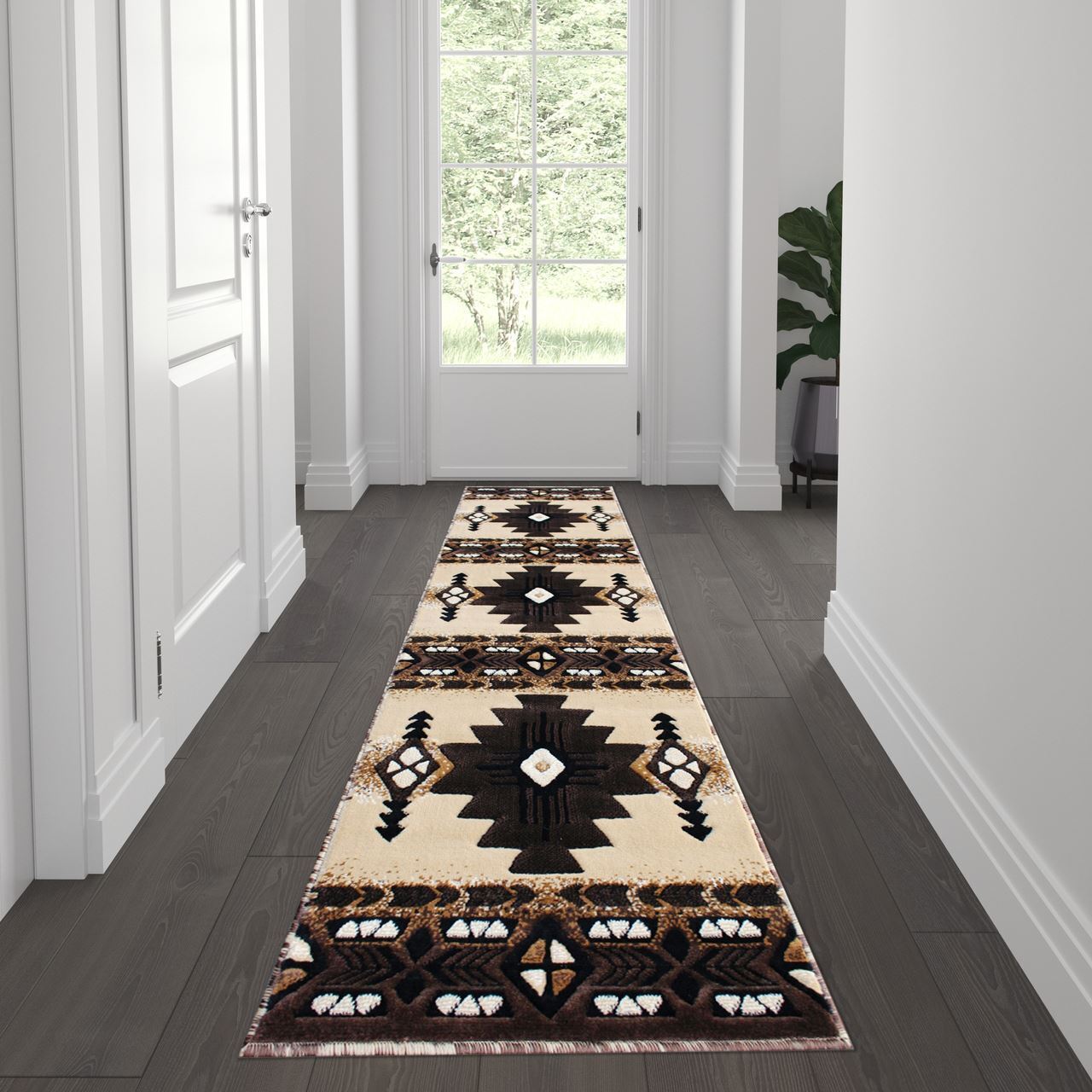
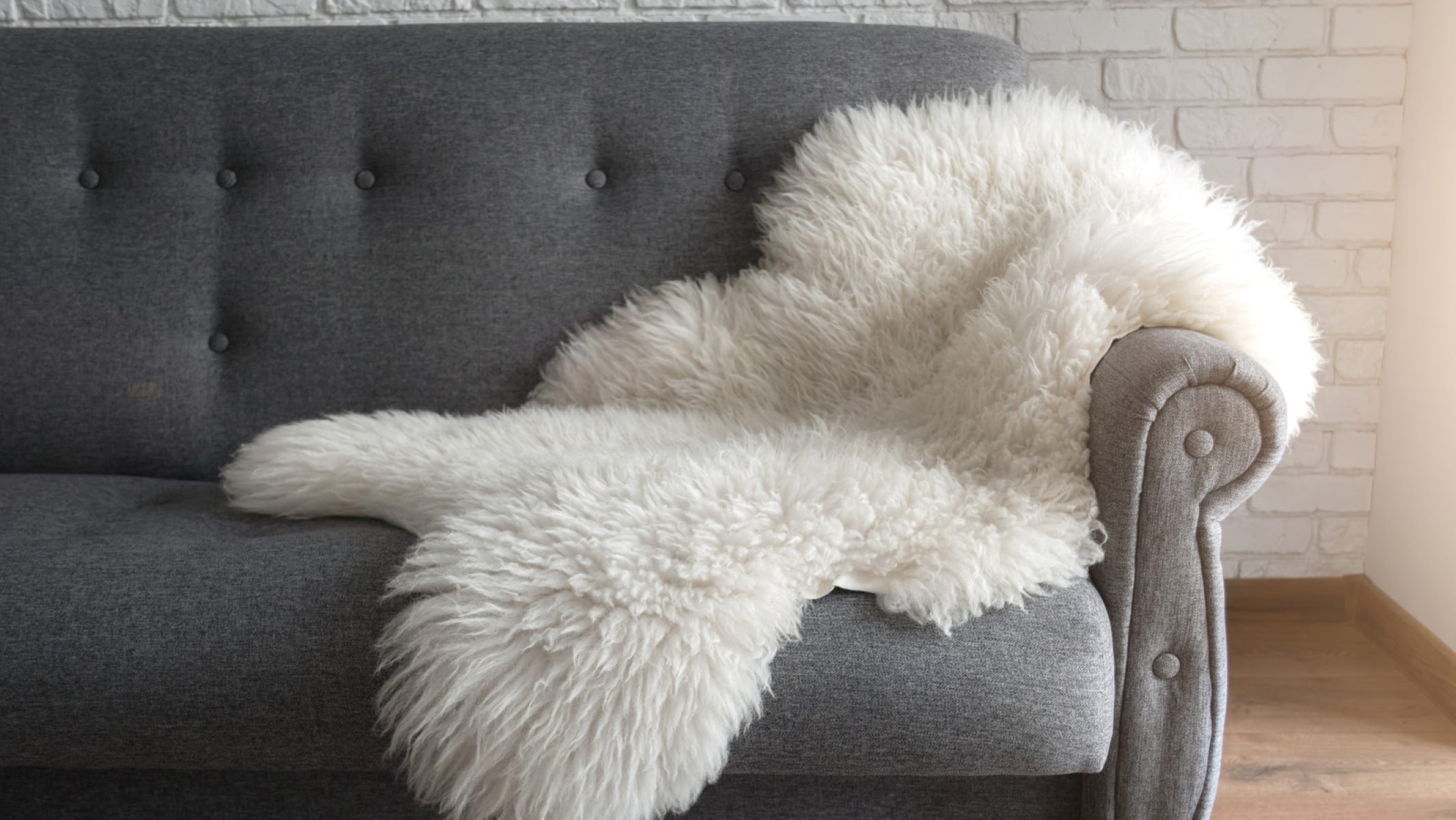
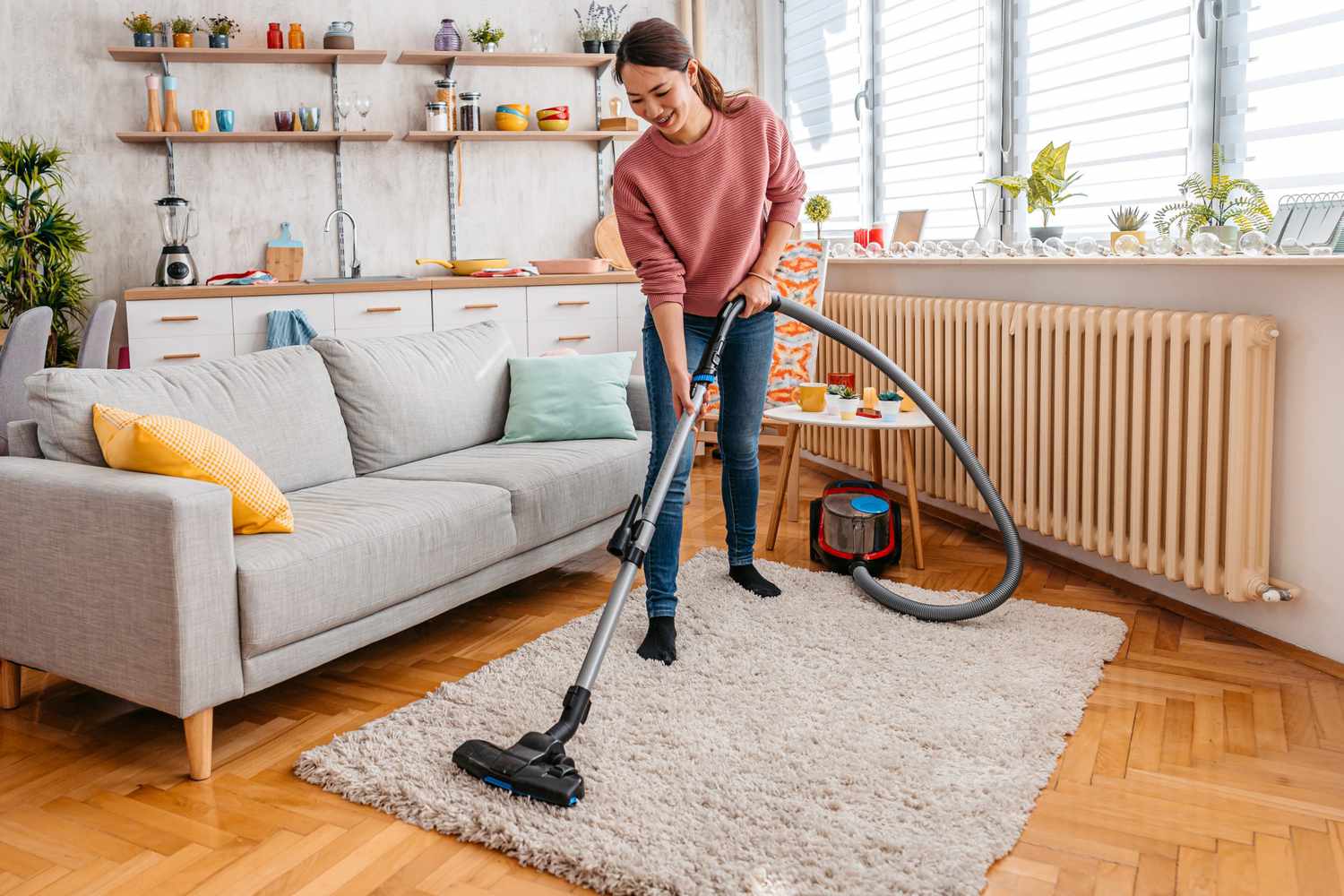
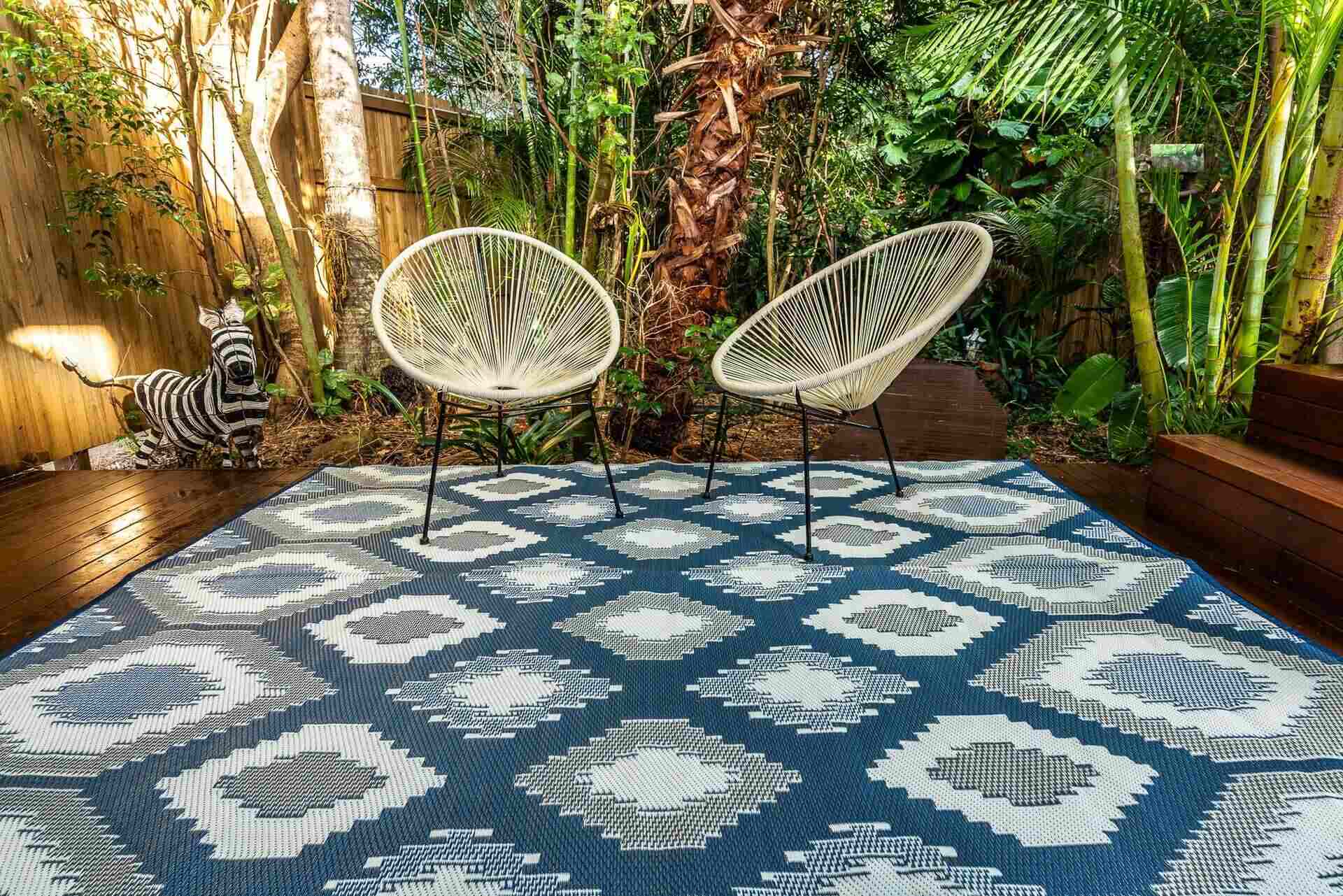
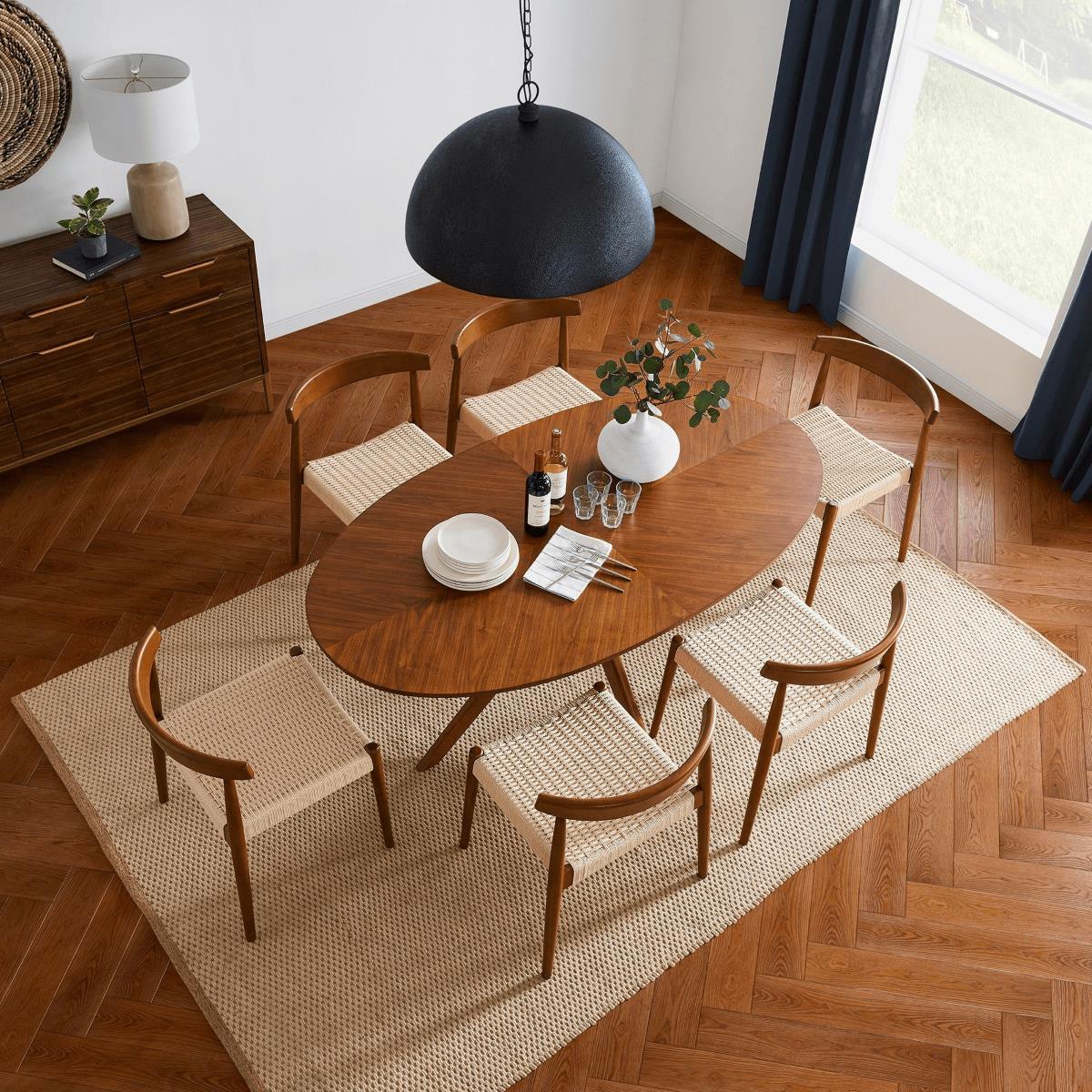
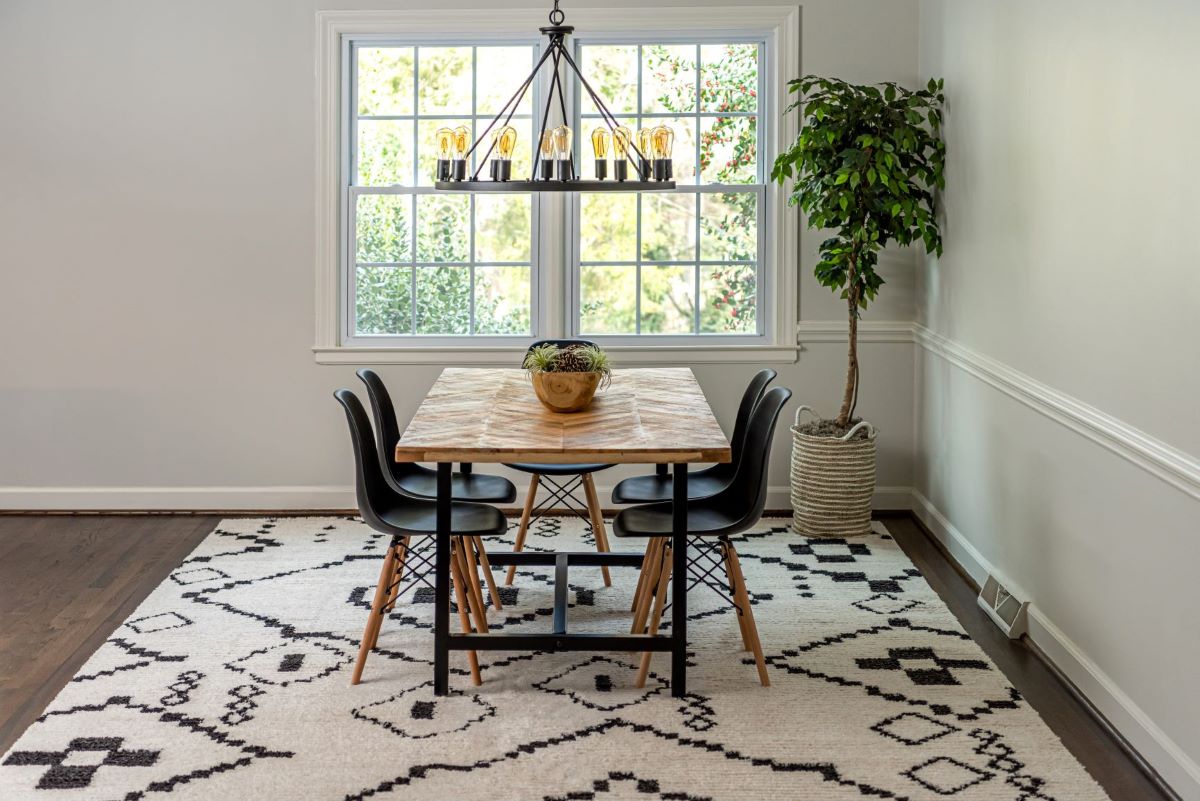
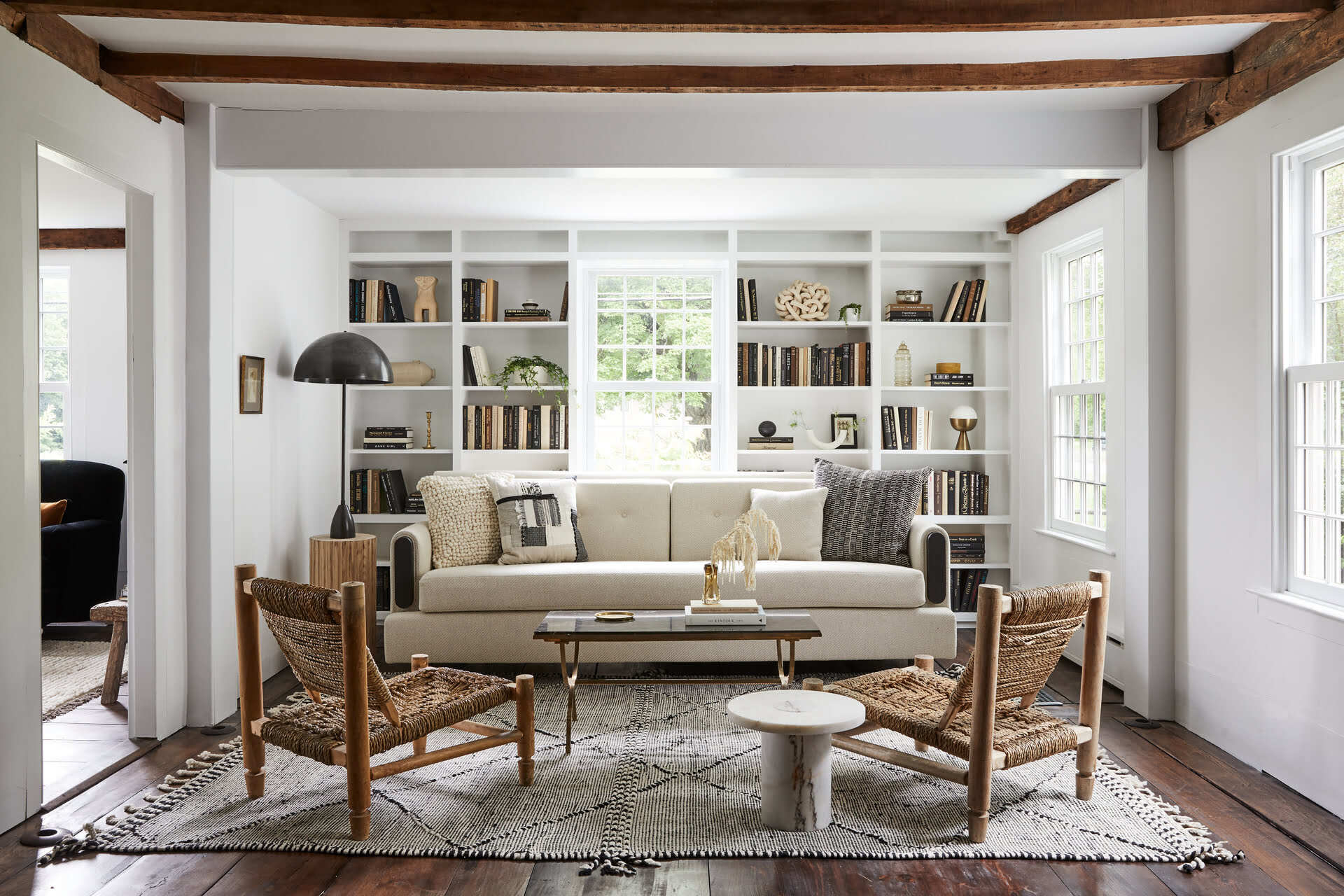
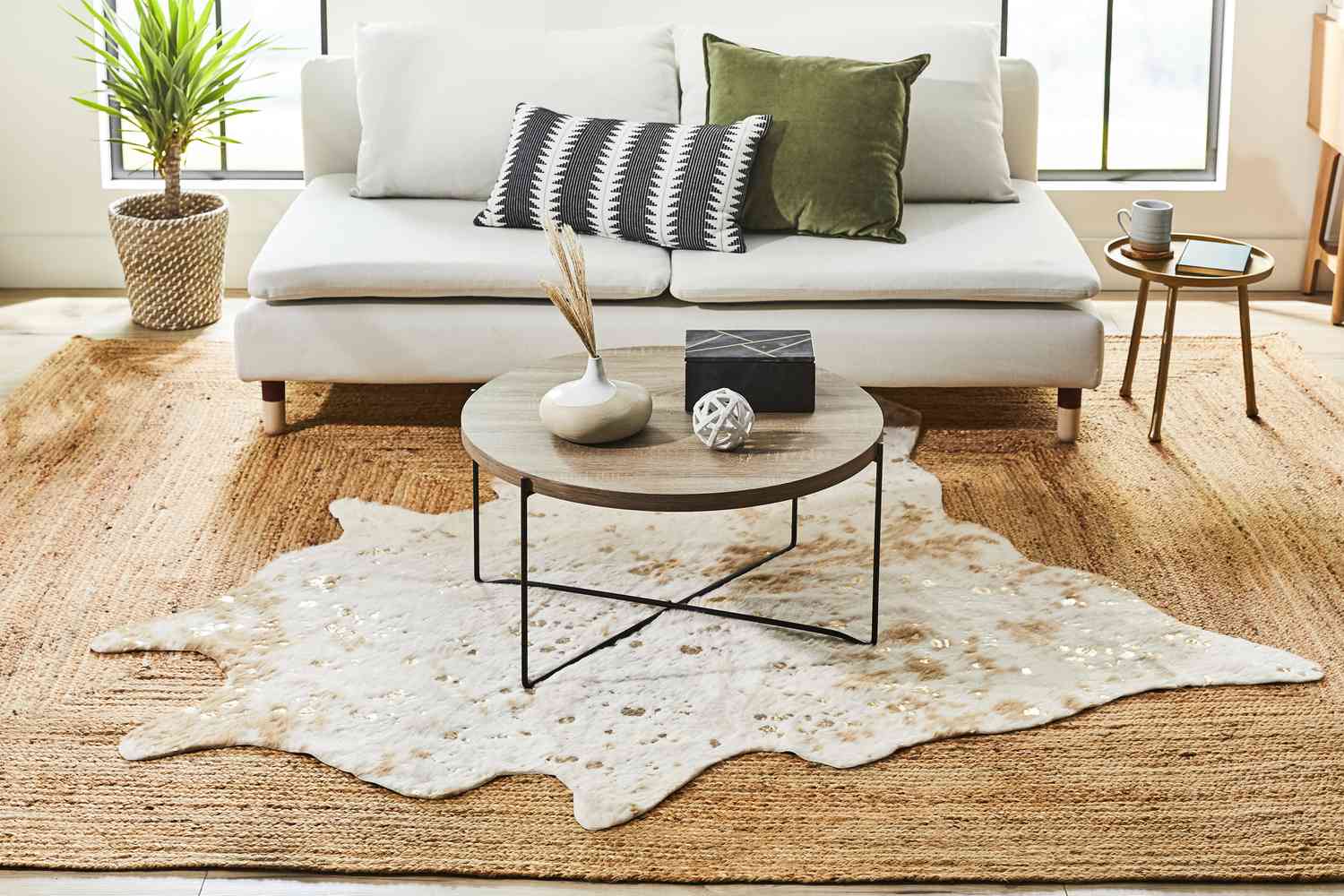
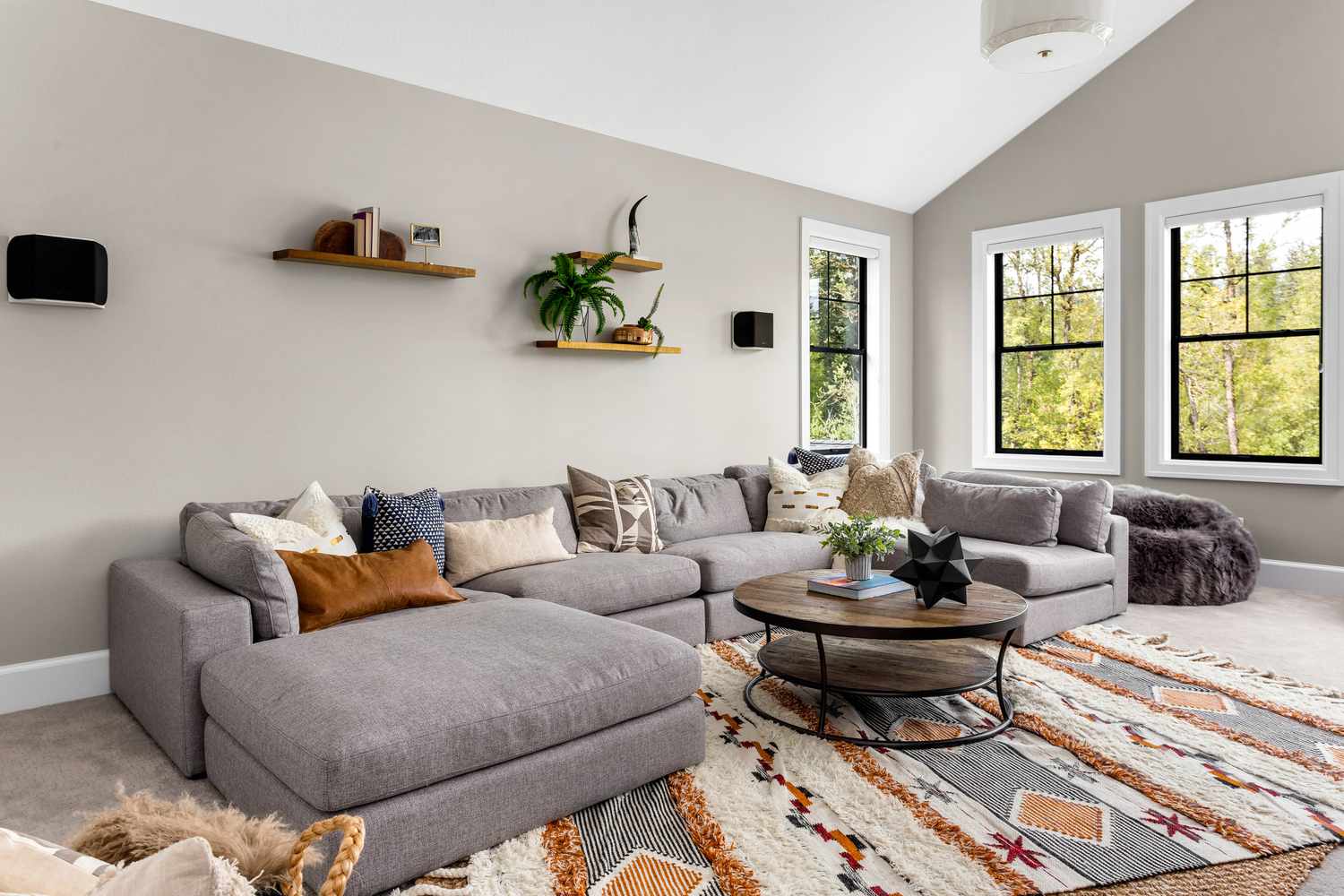
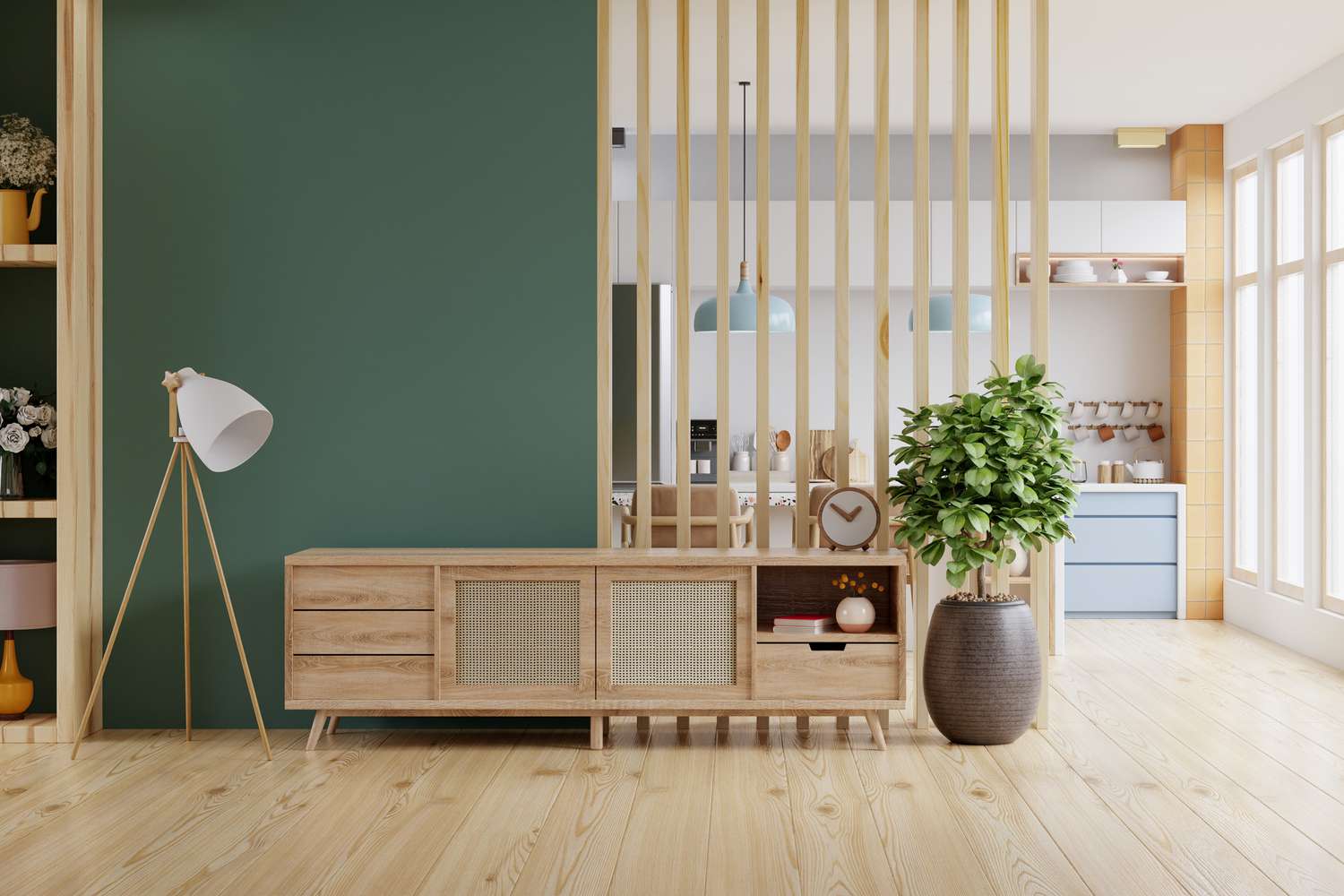
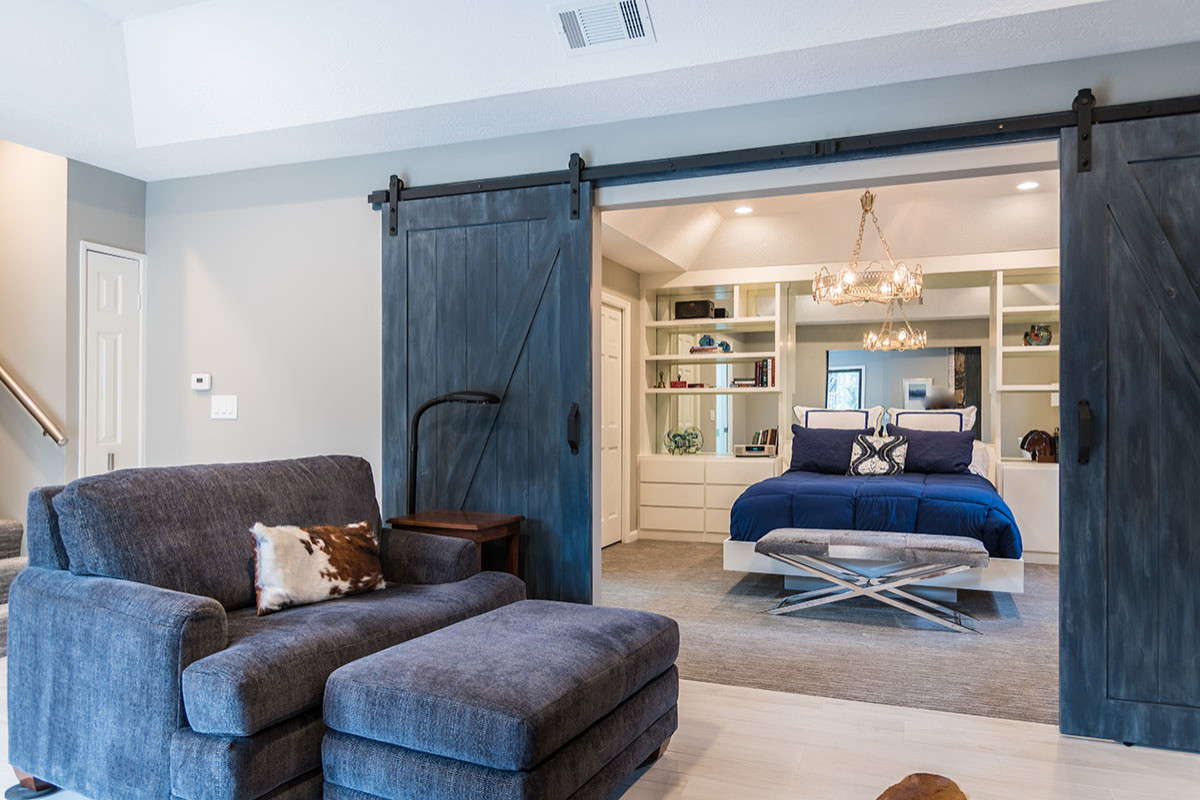
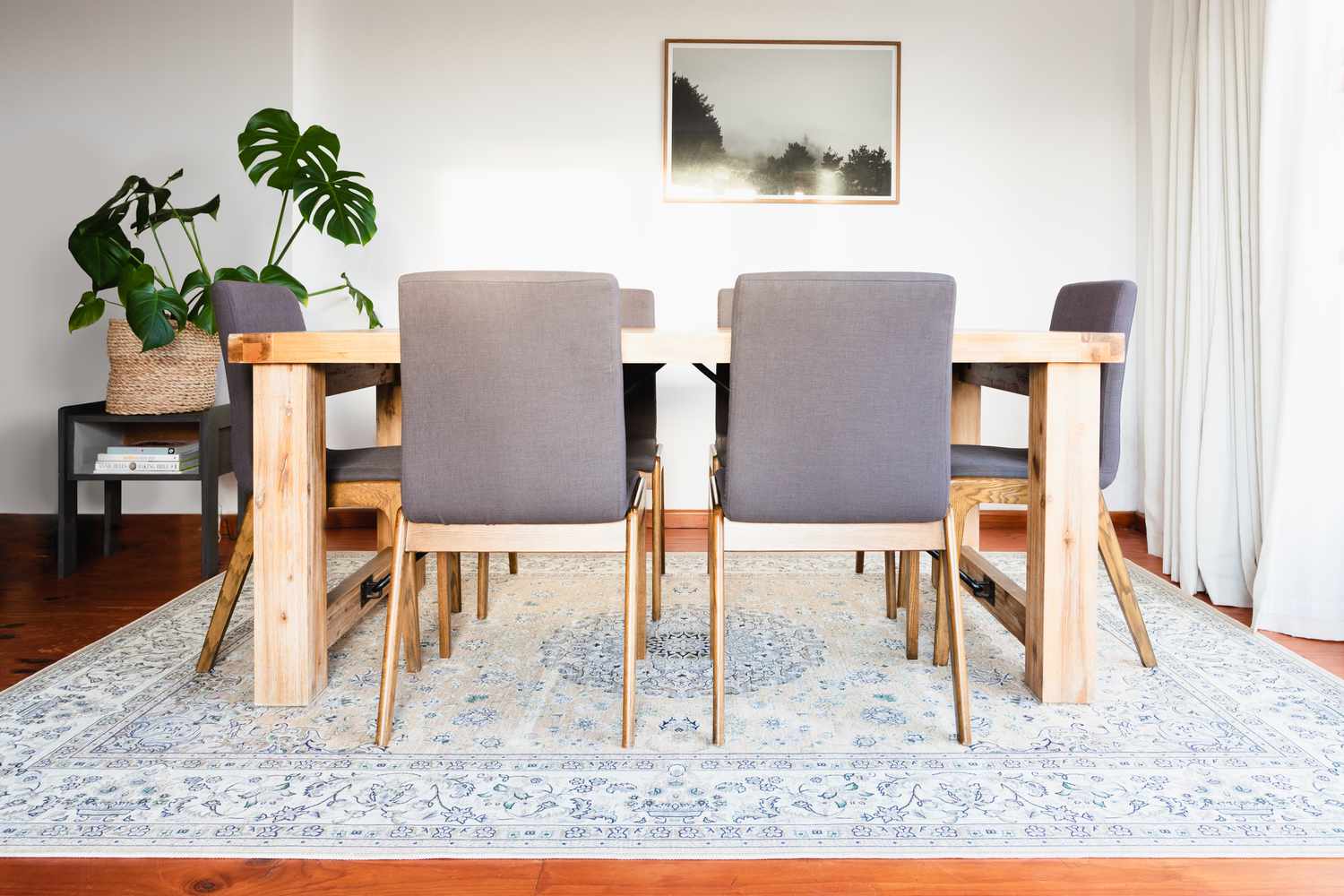
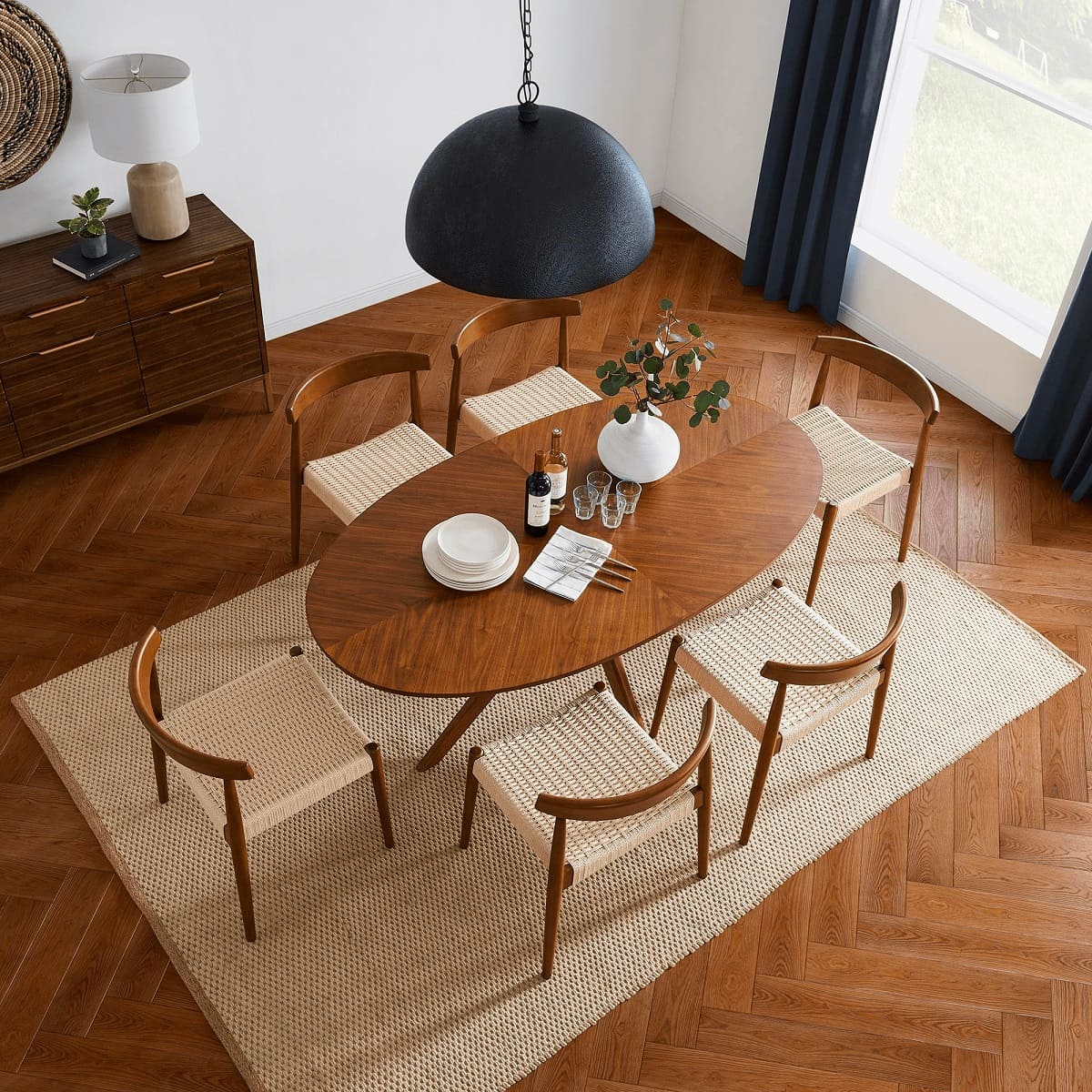
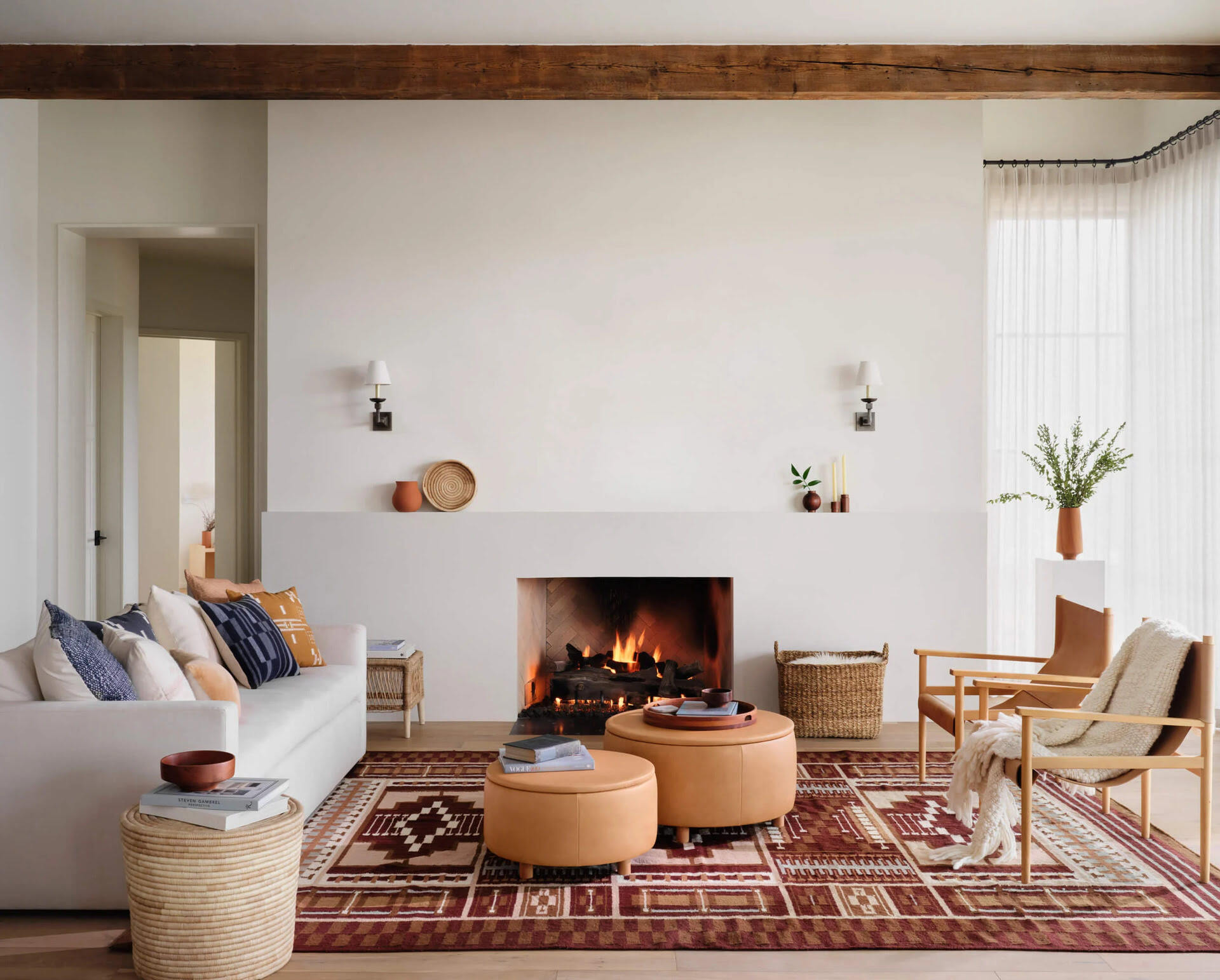

0 thoughts on “How To Build Rugs For Kids Rooms”